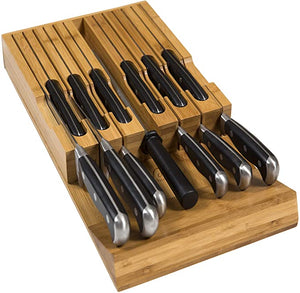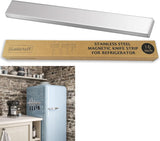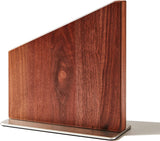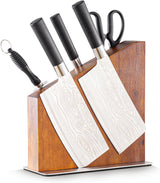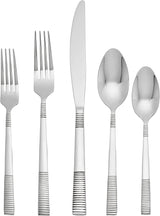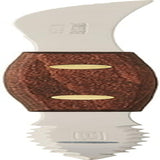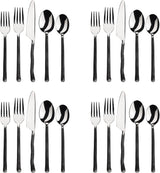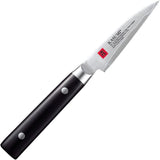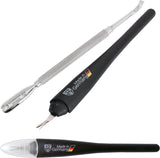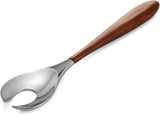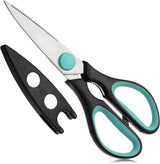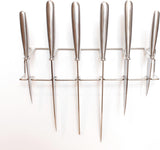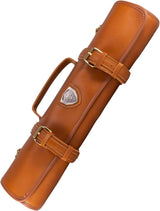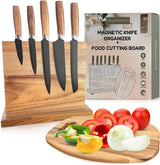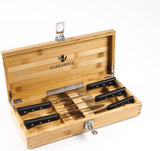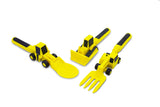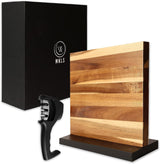Kitchen professionals, if you've ever looked at an old, dull knife and wished you could bring it back to its former glory, look no further! This remarkable guide provides detailed insights into how to restore an old knife blade and transform it into a razor-sharp tool once again.
Your journey begins here. Repairing and restoring a knife is no longer a mystery with the right techniques and understanding. We'll explore the intricate details and offer practical tips for restoring an old knife blade, using techniques developed and approved by blade experts.
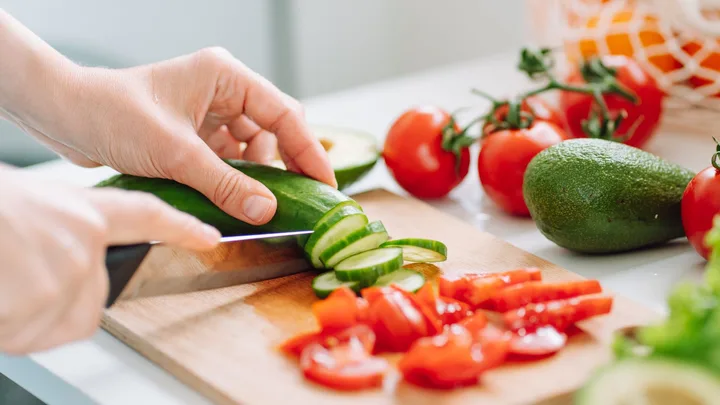
Understanding the Importance of Knife Restoration
For kitchen professionals, a knife is more than just a toolit's an extension of the chef's hand. Therefore, keeping your knives in pristine condition is critical. Over time, even the best knives can become dull and rusted, diminishing their performance. Knowing how to restore an old knife blade not only saves money but ensures the reliability of your tools.
Restoration involves removing rust, sharpening, and polishing the blade to bring back its efficiency and lustre. By understanding the processes involved, you can extend the lifespan of any knife in your kitchen.
Getting Started with Knife Restoration
1. Assess the Blade Condition
The first step towards restoration is assessing the condition of the blade. Is it just dull, or is there visible rust? Is the edge chipped or damaged? Each of these issues requires a unique approach to fix.
2. Rust Removal
One of the most crucial steps in restoring a knife is removing rust. You can use a rust eraser or a mixture of baking soda and water for mild rust. When dealing with more severe rust, specialized rust removers or a light abrasive tool might be necessary. Always ensure you scrub lightly to avoid damaging the metal further.
3. Sharpening the Blade
Sharpening is key to restoring a knife's edge. Use a high-quality whetstone, ensuring you maintain a consistent angle while honing the blade. This process might take patience and practice, but it is essential for achieving a sharp edge. For more detailed instructions, you can refer to this comprehensive guide on knife sharpening.
4. Polishing for Perfection
The final touch is polishing the blade, restoring its shine and removing any residual sanding or sharpening marks. Use a metal polish and a soft cloth to achieve a gleaming finish.
The Science Behind Perfect Knife Maintenance
Understanding the science of steel and how it interacts with various elements in your kitchen environment guides you toward better care practices. Knowing the material composition of your knife can aid in choosing the correct maintenance techniques.
Differentiating between stainless steel and carbon steel blades is fundamental, as each type behaves differently under varying conditions. Guides like this article can provide greater insights into material-specific care.
Regular Knife Maintenance Tips
Avoid unnecessary wear and tear by adhering to regular maintenance tips shared by industry professionals. Learning how to carry and store knives is paramount. You can understand safe storage methods from internal guides like this one for the best practices on handling fixed blade knives.
Knife Storage
Use a magnetic strip or knife block to prevent the blades from knocking against each other. This not only keeps them sharp but also is a safer method to maintain within the kitchen environment.
Conclusion: Achieving the Perfect Edge
Restoring an old knife blade to perfection is a rewarding process. It amplifies its utility and potentially saves a cherished tool from oblivion. As kitchen professionals, embracing these approved techniques will take your knife game to the next level. Remember, patience and precision are your best allies in this endeavor. Implement the steps discussed here, and you'll enjoy a tremendous improvement in your kitchen efficiency.

FAQs
Why is my knife still dull after sharpening?
If your knife remains dull, you might not be maintaining the correct angle during sharpening, or the blade might require further honing using a finer grit whetstone.
Can I restore any type of knife?
Yes, most knives can be restored. However, specific techniques might vary based on the blade's material and condition. Always identify the knife type before beginning the restoration.
How often should I sharpen my knives?
This depends on usage. For professionals using their knives daily, sharpening might be necessary every few weeks, while less frequent use demands sharpening every few months.
This article contains affiliate links. We may earn a commission at no extra cost to you.
